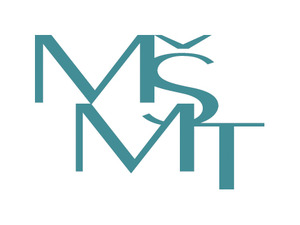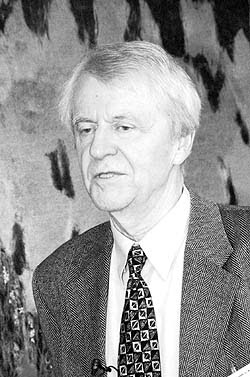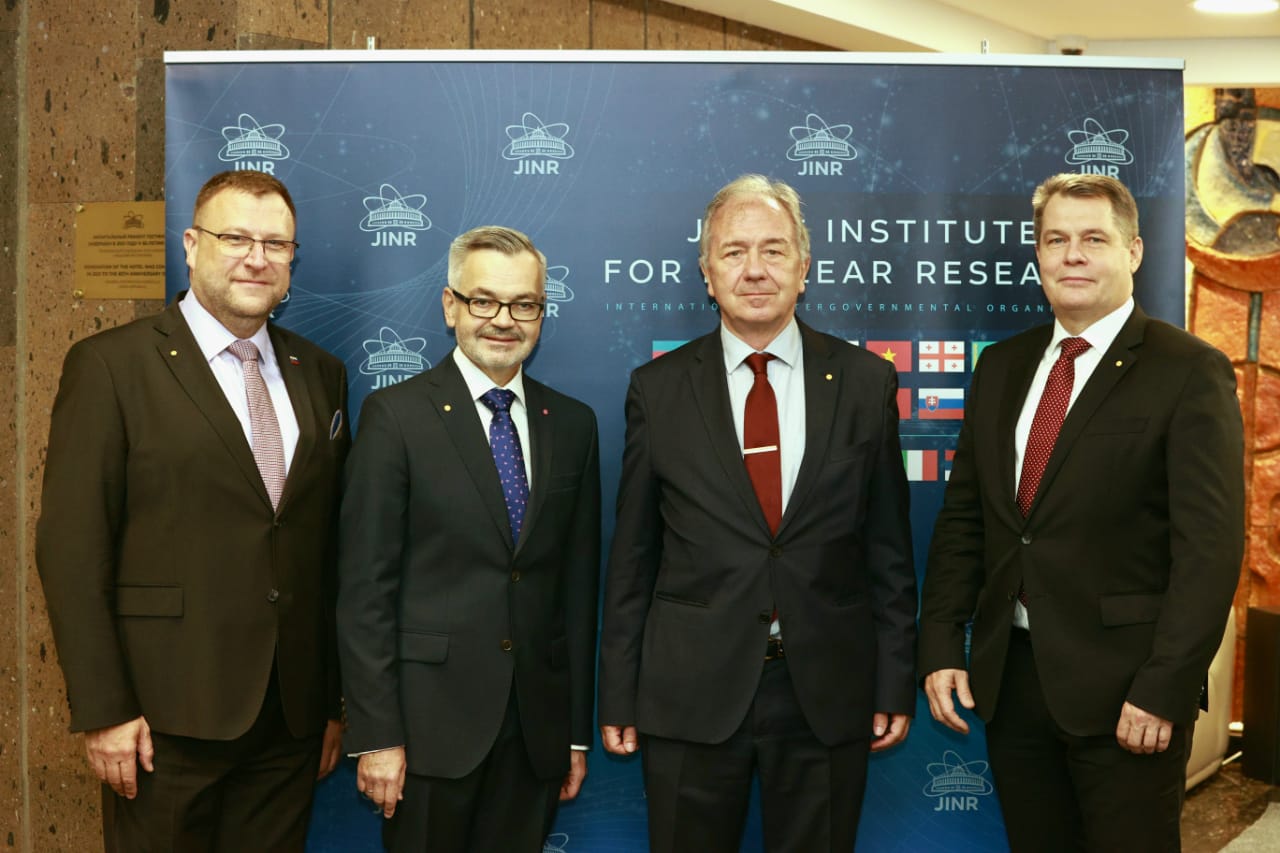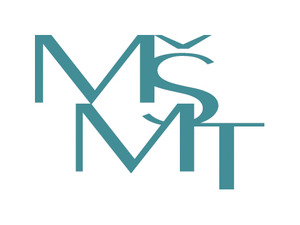Influence of accelerated 18O ions on the growth of HPRT-mutant subclones of Chinese hamster cells
Author
| Bláha Pavel, Ing. | Faculty of Nuclear Sciences and Physical Engineering CTU, JINR Dubna |
| Koshlan I.V. | JINR |
| Koshlan N.A. | JINR |
| Govorun R.D. | JINR |
Year
2012
Scientific journal
Book of Abstracts. 12th International Workshop on Radiation Damage to DNA, p. 76
Abstract
The exposure of living cells to ionizing radiation can induce several types of mutations, e.g. point, chromosome, or genomic ones, which can influence the growth of the mutant colonies and subclones. We studied the effects of the irradiation of V-79 Chinese hamster cells with 18O ions accelerated by the U400-M cyclotron to the energy of 36 MeV/nucleon (LET ~ 155 keV/µm); the doses were 0,5 and 2 Gy.
The HPRT-mutants were isolated by adding 6-thioguanine (6-TG) to the growth medium. Both colonies (altogether over 140) and subclones differed in the growth time. In comparison with the intact control, approximately 6.5 % of colonies (each originated from a single cell) were growing longer. By the time of the growth of the mutant subclones (from seeding the cells on a 6-TG containing medium until the preparation of samples for metaphase analysis), it was possible to identify three groups of cells: fast growing cells (18 – 25 days), cells with an intermediate growth rate (up to 32 days), and slowly growing cells (over 32 days). After irradiation, the number of subclones of the first and second groups slightly decreased. The maximal duration of mutant subclone growth extended (regardless of the dose) to 46 days in contrast with the control, which did not grow longer than 32 days.
The growth periods were also compared to the previous results of cell irradiation with gamma rays, protons, and nitrogen ions.
The HPRT-mutants were isolated by adding 6-thioguanine (6-TG) to the growth medium. Both colonies (altogether over 140) and subclones differed in the growth time. In comparison with the intact control, approximately 6.5 % of colonies (each originated from a single cell) were growing longer. By the time of the growth of the mutant subclones (from seeding the cells on a 6-TG containing medium until the preparation of samples for metaphase analysis), it was possible to identify three groups of cells: fast growing cells (18 – 25 days), cells with an intermediate growth rate (up to 32 days), and slowly growing cells (over 32 days). After irradiation, the number of subclones of the first and second groups slightly decreased. The maximal duration of mutant subclone growth extended (regardless of the dose) to 46 days in contrast with the control, which did not grow longer than 32 days.
The growth periods were also compared to the previous results of cell irradiation with gamma rays, protons, and nitrogen ions.
Cite article as:
P. Bláha, I. Koshlan, N. Koshlan, R. Govorun, "Influence of accelerated 18O ions on the growth of HPRT-mutant subclones of Chinese hamster cells", Book of Abstracts. 12th International Workshop on Radiation Damage to DNA, p. 76 (2012)


 MINISTR ŠKOLSTVÍ KE SPOLUPRÁCI ČR S SÚJV
MINISTR ŠKOLSTVÍ KE SPOLUPRÁCI ČR S SÚJV INTEREST JINR, Wave 6
INTEREST JINR, Wave 6 The passing of Ivo Zvára
The passing of Ivo Zvára Call for the projects solved in collaboration with JINR (Projects 3+3)
Call for the projects solved in collaboration with JINR (Projects 3+3)  Call for the Grants of the Plenipotentiary of the Government of the Czech Republic in JINR
Call for the Grants of the Plenipotentiary of the Government of the Czech Republic in JINR Czech Ambassador in Russia visited JINR
Czech Ambassador in Russia visited JINR INTEREST JINR, Wave 5
INTEREST JINR, Wave 5 Russia Visa Centre
Russia Visa Centre Working Stays CR - JINR 2022
Working Stays CR - JINR 2022